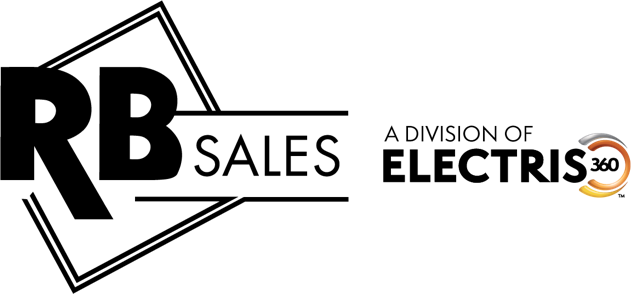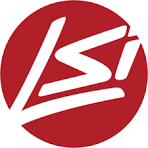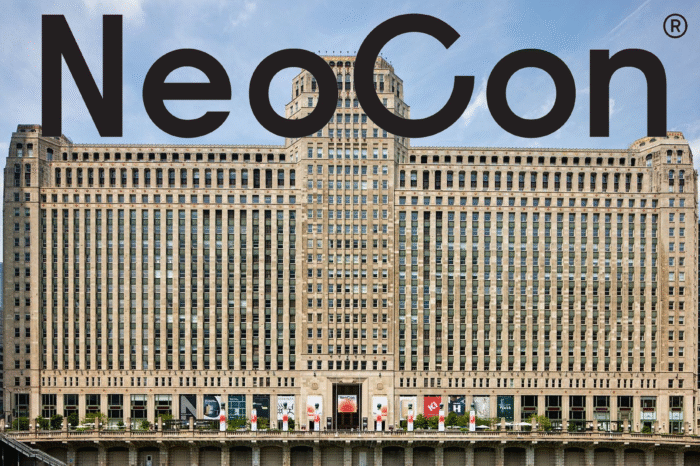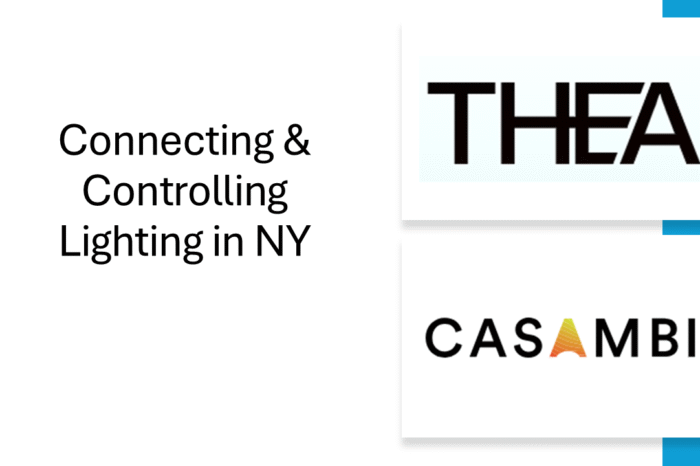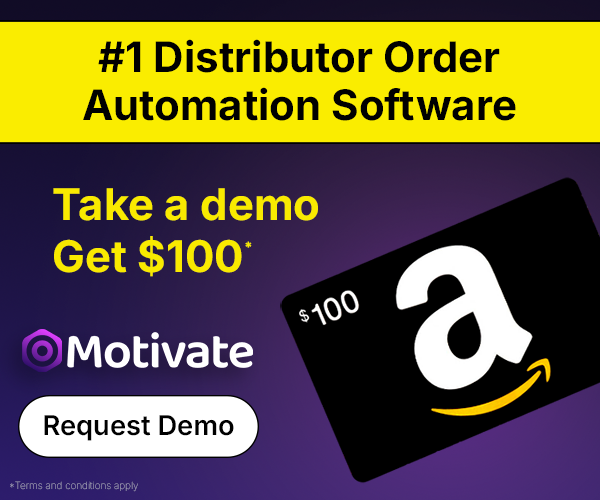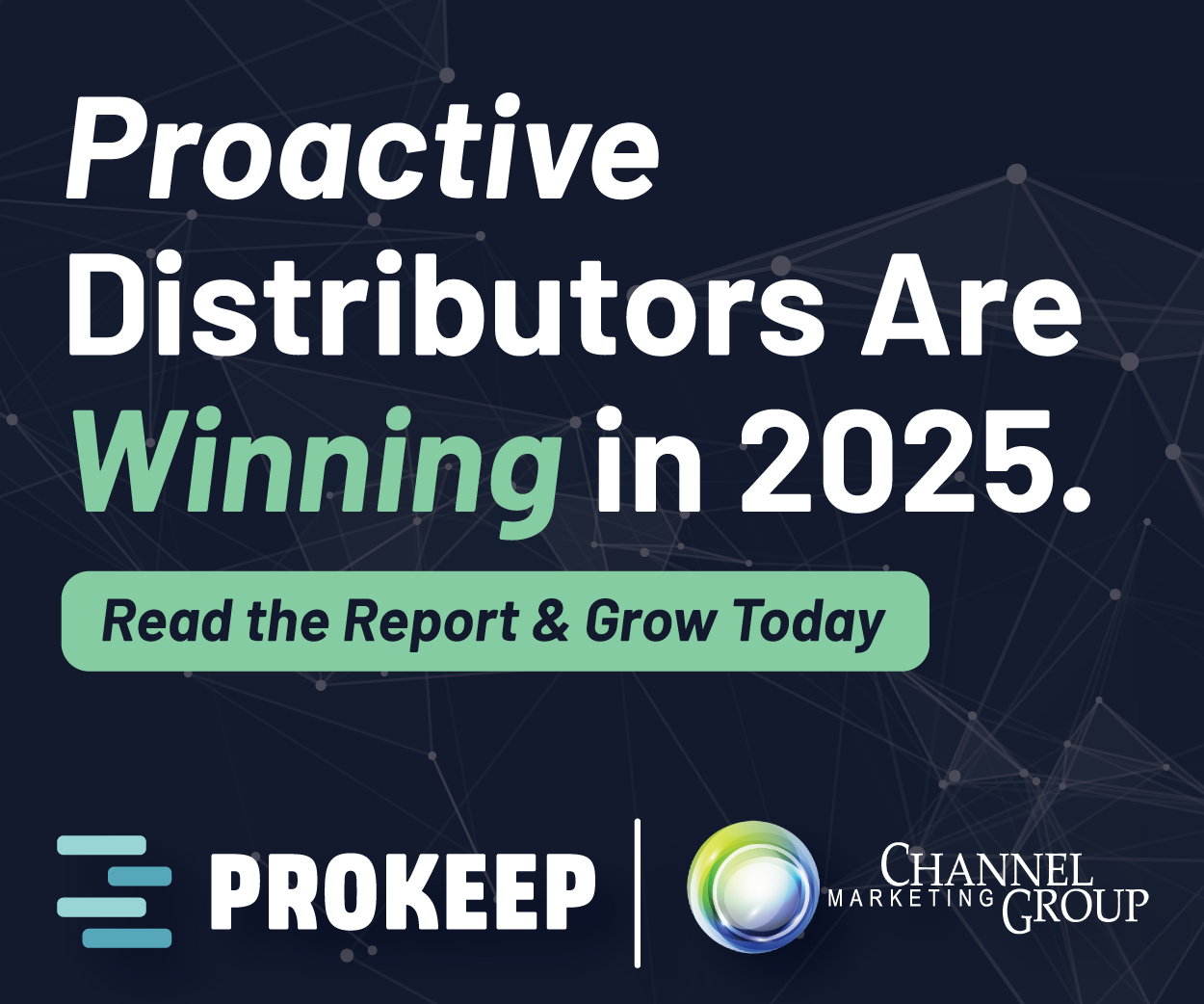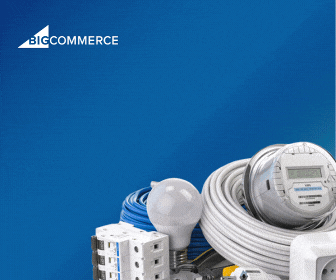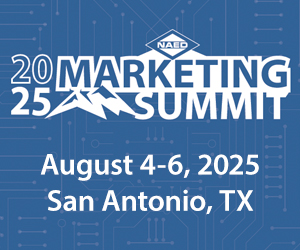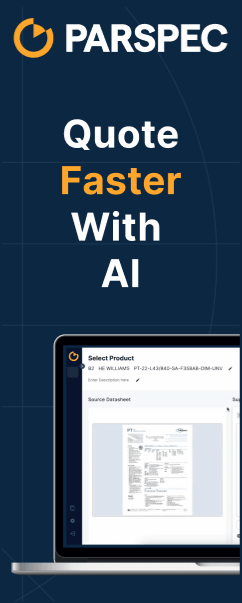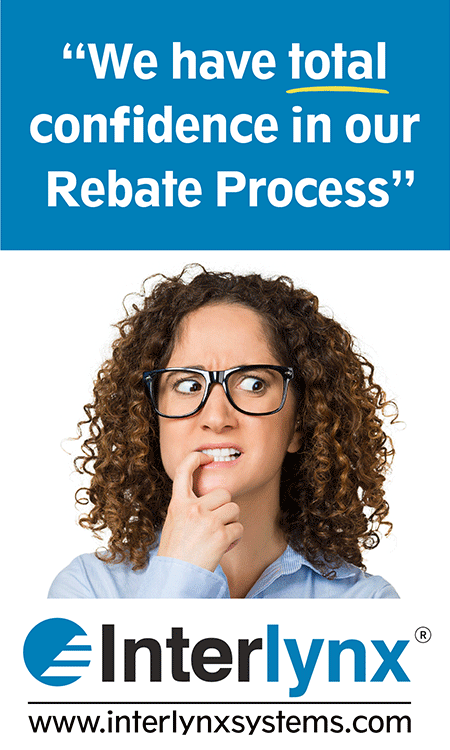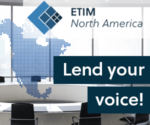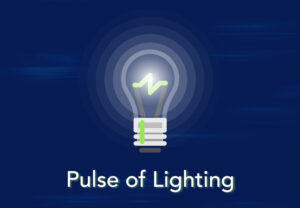Acuity and Signify – Differing Points of Light
 The tale of two lighting companies couldn’t show a more divergent course than Acuity’s growth and diversification into growing markets and Signify’s steady decline. The choppy seas are the same environment that both companies compete in (albeit different geographies and Signify with a larger consumer business and lamps) so the reader can conclude who is navigating with precision.
The tale of two lighting companies couldn’t show a more divergent course than Acuity’s growth and diversification into growing markets and Signify’s steady decline. The choppy seas are the same environment that both companies compete in (albeit different geographies and Signify with a larger consumer business and lamps) so the reader can conclude who is navigating with precision.
Acuity vs Signify – A
The chart below plots for Acuity and Signify net sales (the pari of bars), net sales growth, and gross profit margin (adjusted for fiscal timing):

Interestingly, in Q1 2023, Acuity revenues were 63% of Signify’s and by Q3 2025, following the acquisition of QSC, Acuity’s revenues reached 86% of Signify’s.
Let’s take a look at the two companies latest results.
Insights from Acuity
On October 1 Acuity shared their Q4 2025 and FY 2025 earnings (presentation). Total net sales for the 4th quarter reached $1.2 billion, up 17.1% year-over-year. Adjusted operating profit climbed 26% to $225 million, and adjusted operating profit margin expanded 130 bps to 18.6%. For the full year 2025, net sales were $4.3 billion, up 13.1%, and adjusted operating profit for the year was $768.6 million, up 100 bps margin to 17.7%.
This performance reflects strong growth in Acuity Intelligent Spaces powered largely by acquisitions, slight growth in Lighting, and overall margin expansion through operational efficiencies.
- The largest segment, Acuity Brands Lighting (ABL), had modest growth of about 1%, contributing $962 million in revenues. Despite slow top-line growth in the traditional lighting market, improved pricing management and cost controls lifted margins and profitability. ABL sales were up 1.1% for the 2025 fiscal year. Importantly, ABL adjusted operating margin improved 210 bps to 20.1%, driven by cost actions and productivity work executed in Q3.
- The Acuity Intelligent Spaces (AIS) segment surged 160% in the quarter and 204% for the fiscal year to $255 million, fueled by the successful integration of QSC. This segment’s growth was further supported by organic gains: “Atrius and Distech combined grew approximately 13%, while QSC grew approximately 15% year-over-year,” Karen Holcomb, CFO.
These results illustrate Acuity’s successful shift towards technology-enabled smart building solutions, alongside improving efficiency in its traditional lighting business.
Sales Performance by channel
- The independent sales agent, which is typically 2/3rds of ABL sales, was up 3.7% both for the 4th quarter and for the 2025 fiscal year, hence Acuity took sales in the electrical distribution lighting market.
- The Direct Sales Network, ABL’s second largest channel, declined 3.9% in the 4th quarter but was up 3.8% for the fiscal 2025 year, reflecting delays in capital spending.
- Corporate accounts were down 19.6% in the 4th quarter and 23.9% for the fiscal year (but this is direct project-driven business that historically is volatile.)
- From the 10-K filing, the OEM channel generated $226.6 million in revenue in the FY 2025, down 1%.
- The primary channel for AIS is systems integrators.
Transformation Well Underway
CEO Neil Ashe stated that “We have transformed the company from principally a luminaires business to a data and controls and luminaires business.” He later commented, “We are innovators, disruptors and builders who are creating stakeholder value and compounding shareholder wealth.” This is what is setting Acuity apart from other competitors and their ambitions continue to unfold.
End Markets
The strongest end markets for Acuity were driven by the company’s strategic shift towards intelligent building solutions and technology-enabled lighting, and included:
- AIS, fueled by the acquisition of QSC, saw substantial growth.
- The company launched new healthcare-focused lighting products such as the Care Collection and expanded the Nightingale line, indicating strong demand in healthcare and hospitality markets requiring advanced, germicidal, and human-centric lighting solutions.
- Neil Ashe called out solutions that drive productivity, and gave the example of the TLS Twist-A-Lock Sensor by Sensor Switch occupancy sensor for industrial buildings that offers time-saving solutions to contractors.
- Ashe also called out digital solutions for specifiers, specifically Visual Lighting Design software solutions, including Visual Lighting and Visual Control that help designers create lighting solutions; Visual Installer for real-time access to their design plans, enabling collaboration and Visual Cloud which optimizes project management.
- Ashe also hinted where future ABL acquisitions may focus – “making organic investments for future growth, prioritizing verticals where we have not historically competed or where we are underpenetrated.” Example of sports lighting company M3 Innovation, acquired earlier in the year. In addition to continuing looking at acquisition candidates (and organically growing) AIS focusing on different areas of the smart building data stack.
- Another potential area of expansion is in Europe, where Acuity has not had minimal presence. In September, Ashe and senior managers were in Cork, Ireland for the opening of the Global Digital Centre of Excellence. Over 100 employees – software and digital, will be hired. Ashe told the CorkBeo that “Acuity is positioned for long term growth. We are innovators, disruptors and builders. We use technology to solve problems in spaces, light and more things to come.”
- Continuous renovation and new construction projects, especially in North America, supported growth in specification-grade brands, although not broken out, nice to see, with investments in lighting design tools and recognition from IES, LEDucation and Grands Prix Du Design.
- To dive deeper into the take share, CEO Ashe stated that “the new vertical performance is obviously really strong. As we look forward, we’ll continue to be focused on healthcare, refuel, and sport lighting as each are opportunities for us to continue to add to that… probably in the order of…50-100 basis points of addition to the top line…our Contractor Select portfolio performed really well in the fourth quarter….I’d highlight something that we haven’t talked about in a long time where we’ve had real strength, but is in the specifier, in our specifier brands, which have also performed well and are taking share.”
The AIS segment also featured growth from large customers and contracts in the IT and business services sectors, where demand for AI-driven cloud services and digital transformation projects surged. Key contributing contracts included managed services and cloud-based as-a-service (XaaS) deals with annual contract values exceeding $5 million, reflecting enterprises’ investments in AI, building automation, and smart infrastructure. Data centers and AI were drivers in other sectors such as banking, financial services, insurance, manufacturing, travel, transport, and leisure where large managed services contracts and AI-driven digital initiatives drove sales.
Acuity Stakeholder Concerns
Stakeholders were mainly concerned with tariff effects, margin pressure, demand stability, and acquisition integration risks going forward.
There was concern about the ongoing effects of tariffs and how price increases were being managed. Management acknowledged pressures and explained strategic pricing actions and supply chain modifications to mitigate tariff impacts, and expressed that there would be a slight dilutive effect on margins starting in Q4, perhaps as much as 50-100 basis points. CFO Karen Holcom also stated that
“the dollar impact of the combination of tariff cost and price increase is neutral.” CEO Ashe stated that “exposure to China is in the range of 20%.”
The 10-K filing provides details on the manufacturing footprint of Acuity, which operates 18 manufacturing facilities, including seven in Mexico, six in the United States, three in Canada, and two in Europe, showing the percentage of finished goods manufactured and purchased in FY 2025:

Acuity Product Sources
With over 70% of finished goods manufactured in North America, this shows that Acuity is reading the political tea leaves and has shifted production from China.
Related concerns were also expressed around inventory management due to tariff costs and supply chain dynamics, with management responding that Acuity is working to optimize through productivity and supplier diversification efforts. Also, inventory should normalize in the next quarters as pre-tariff purchases of inventory in anticipation of higher tariffs, are depleted. In fact, the 10-K filing shows that inventory of finished goods rose 60% year-over-year from $191.1 million to $306.7 million and total inventory now stands at $526.7 million.
Margin sustainability concerns were expressed given cost pressures and tariff headwinds. Management again focused on productivity efforts and cost controls to support margins. This includes reductions in staff at ABL, where CEO Ashe said they “reevaluated the organizational structure and eliminated a chunk of the employees to realize some of those cost savings.”
There were concerns about demand stability, especially as customers react to price and tariff uncertainty, with some pre-buying behavior and cautious spending. The company expects demand to normalize as market stability improves.
Finally, questions around the integration of acquisitions and rapid growth and productivity gains in the AIS segment, especially after the QSC acquisition. Management highlighted operational efficiencies and strong integration as positives, but stakeholders monitor execution risks.
Acuity Guidance
Acuity issued guidance figures for fiscal 2026, projecting net sales of between $4.7 and $4.9 billion, driven by growth in the Acuity Brands Lighting (ABL) segment of low single digits and growth in Acuity Intelligent Spaces (AIS) segment anticipated to grow in the low to mid-teens percentage range. This reflects a positive outlook with growth driven principally by the AIS segment while maintaining disciplined cost and capital management.
A great deal of activity in the lighting market as the end of year approaches. How is your lighting business? How is Acuity doing for you compared to other lighting companies (or other lighting companies as compared to Acuity?) The macro environment is the same, how does one company grow and take share, while another struggles? Let’s take a look at Signify’s earnings….
Signify Struggles Continue
On October 24, Signify, announced Q3 2025 earnings (presentation). Total net sales for the 3rd quarter were $1.65 billion, down 8.4% year-over-year and below the lower end of expectations and the weakest quarter since the 2016 spinoff from Philips. Adjusted operating profit declined 15.5% to $160 million, and adjusted operating profit margin declined 80 bps to 9.7%. Net income declined 30% and free cash flow declined 40% year-over-year. While pressures are intense in the US, which is Signify’s largest single market, little details were provided.
Margin contraction was driven by lower volumes and gross margin pressure, partly offset by indirect cost savings. The decline reflects challenging market conditions, subdued demand, price pressure in Europe, and a slower-than-expected U.S. market, with a slowdown in publicly-funded projects (outdoor road and street and other initiatives funded through the infrastructure bills) specifically cited, as well as specific impacts in the OEM and Conventional segments, including manufacturing site rationalizations. The company’s connected lighting and specialty offerings showed growth and resilience in the quarter, but could not offset declines in the professional and OEM businesses.
Another trend cited as that “we see ripple effects of tariffs as Chinese overcapacity is redirected from the U.S. to Europe and other regions… creating additional price pressure, especially in the Professional trade channels.”
Despite macro headwinds, Tempelman highlighted several areas of strength. He pointed to the Consumer business, which grew 3.7% and had a 9.1% margin, driven by the continued expansion of the Philips Hue portfolio. Also highlighted was the agricultural lighting business which grew in the “high single digits.”
Professional Segment Misses
The Professional Business Segment, “nominal sales decreased by 6.8% to EUR 928 million, including a negative currency effect of 4.6% mainly related to the depreciation of the US dollar. Comparable sales growth was -2.1% (Q3 24: -4.1%), reflecting the continued softness in Europe and a stronger than expected slowdown in the US, particularly in the trade channel, which were partly offset by a strong agricultural lighting performance.” In light of Acuity’s performance, Signify lost share.
The OEM Business Segment, “nominal sales decreased by 26.1% globally to EUR 93 million, including a negative currency effect of 3.2% mainly related to the depreciation of the US dollar. Comparable sales decreased by 23% (Q3 24: 0.2%), driven by the continued effect of lower orders from two major customers (Acuity??) and intense price pressure and a further weakening of demand.”
Signify Leadership Transition
Signify has been in a leadership transition, starting the year with longtime CEO Eric Rondolat who left in April, replaced by interim CEO and CFO Željko Kosanović who served from May through August upon the naming of As Templeman in September. It has been noted that the prior two CEOs came from Schneider Electric with electrical manufacturing backgrounds, while Tempelman cines from the energy and utilities sectors. This holds a promise of bringing a broader strategic rethinking. With the electrification and demand soaring from data centers and AI, this is the one segment of the nonresidential market that features strong growth, however, lighting plays little role in the segment, so for Signify to capture some of that growth will require some redirection.
There were some hints during the earnings call as Templeman committed to transparency and focus, and promised that the 2026 Capital Markets Day will bring insights on portfolio, strategic direction and capital allocation.
Templeman mentioned three core priorities:
- Outperform in tough markets, especially through connected and specialty lighting.
- Refine and clarify strategy, emphasizing the need for stronger communication with stakeholders.
- Focus R&D resources, shifting from a product-centered mindset to a market-based approach.
Some potential changes could come about regarding the lamps and OEM businesses.
Signify Stakeholder Concerns
Signify’s 3Q 2025 earnings showed a decline in both top line sales and bottom-line profitability, which raised shareholder concerns. Softness in the European professional business, weaker demand in the U.S., and price pressures and lower demand impacted the OEM business were the cited reasons. Lower guidance also weighted on investor sentiment.
Despite these challenges, Signify highlighted growth in connected and specialty lighting segments, with the installed base of connected light points increasing to 160 million. The consumer business, bolstered by the Philips Hue portfolio, grew. The company also progressed toward its sustainability goals.
Signify continues to focus on innovation and sustainability while managing cost pressures (read consolidation of manufacturing and downsizing) and market softness.
In fact, the company has shrunk workforce 12% in the last 21 months going back to 2024, with 5% reduction in the first 9 months of 2025, continuing the trend from 2024 when there was an 8% cut. Management attributed the reductions to the 2023 reorganization adjustments in factories from volume declines.
Signify Guidance
The outlook was revised downward, with new CEO As Templeman stating that “Based on a softer than expected US market and further demand compression in the OEM business, we expect a comparable sales growth of -2.5 to -3.0%, or -1.0 to -1.5% excluding Conventional, an adjusted EBITA margin of 9.1-9.6%, and free cash flow generation around 7% of sales.” This is a sharp turn about from the outlook earlier in the year that Signify “expects momentum in the business will build throughout the year, resulting in low single digit topline growth.”
Historically, Q4 has been Signify’s strongest quarter, however, the trend over the last 3 quarters has not been positive, so results of Q4 will be pivotal. With volumes weak, price pressures from tariffs and new leadership, the North American market, which is about 1/3 of sales, with Cooper and Genlyte brands, and of which very little was shared during Q3 earnings, the next 3 months will be important for how Signify adjusts.
But how can growth be restored in the US / North American markets?
Electrical Trends’ latest Pulse of Lighting report shows minimal growth across the lighting market, with slight price degradation and lower volumes. Large projects remain slow, while small to mid-sized markets, especially renovations, see more activity. Nearly half of distributors and manufacturers report increased backlogs due to project delays, while inventory levels remain stable. And looking ahead to Q4, respondents expect little change, with slight potential for growth from year-end projects and utility rebates. Concerns about a market slowdown persist, with extended project approval times delaying orders and dampening optimism despite recent interest rate cuts. The construction market isn’t growing to sustain new projects, and renovations are not occurring at a pace to absorb the new construction downturn. Almost half of specifiers are “concerned or see future activity slowing” 6 months from now according to manufacturers and reps / lighting agents.
Is this an indicator of something or a Euro-centric view of the company / world? Will the new CEO make course corrections and be open to expanding aggressively into higher growth markets? Is Signify even in a position to be able to execute on aggressive plans?
According to distributors, in the US / Canada Signify’s products (Cooper and Genlyte) are good. The reason for the ongoing challenges … no one can articulate “why” and how they get outperformed by others.
Question
Granted Signify competes a global environment, and it’s interesting that Acuity is reportedly interested in expanding its lighting reach into Europe, but why do the two companies perform so differently in the US?
Is it
- Product?
- Pricing?
- Rep / Lighting Agent network?
- Customer service / ease of doing business?
- Marketing efforts and preference?
Share your thoughts … anonymously … or email us and we’ll anonymize it for you.



